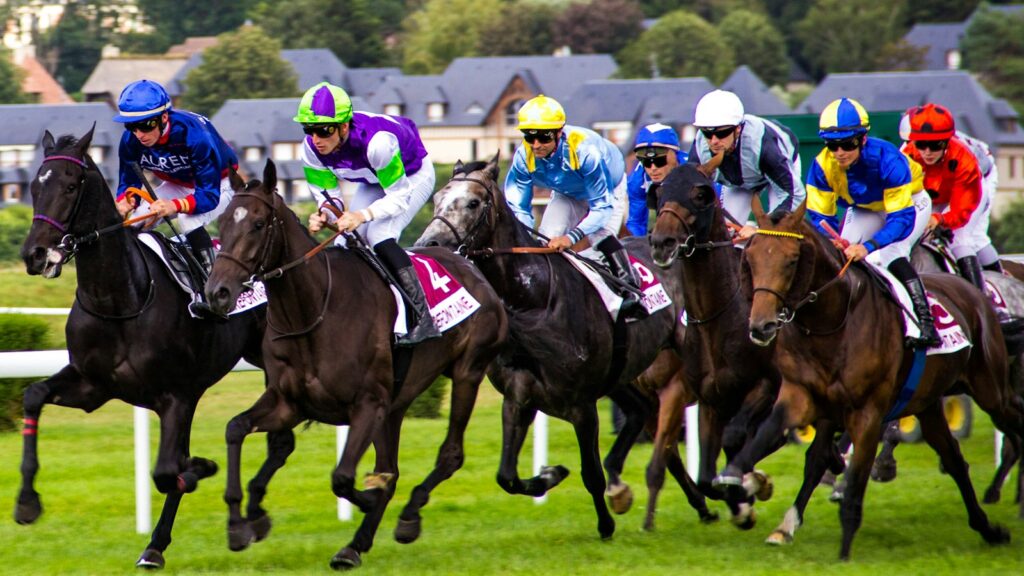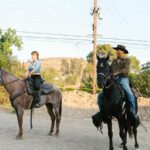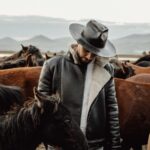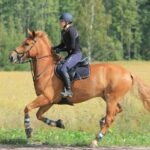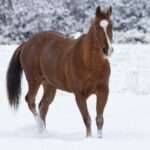Horses have been our companions in sport and competition for centuries, demonstrating extraordinary abilities that showcase the remarkable partnership between human and equine. From clearing seemingly impossible jumps to performing precise dressage movements that appear to defy physics, competitive horses have achieved feats that continue to astonish spectators and experts alike. These magnificent animals combine raw power, delicate precision, and incredible heart to set records and create moments that have become legendary in equestrian history. In this exploration of equine excellence, we’ll discover the most breathtaking accomplishments across various disciplines, from traditional Olympic events to specialized competitions that push the boundaries of what these majestic animals can achieve.
The Record-Breaking Jump of Huaso and Captain Alberto Larraguibel
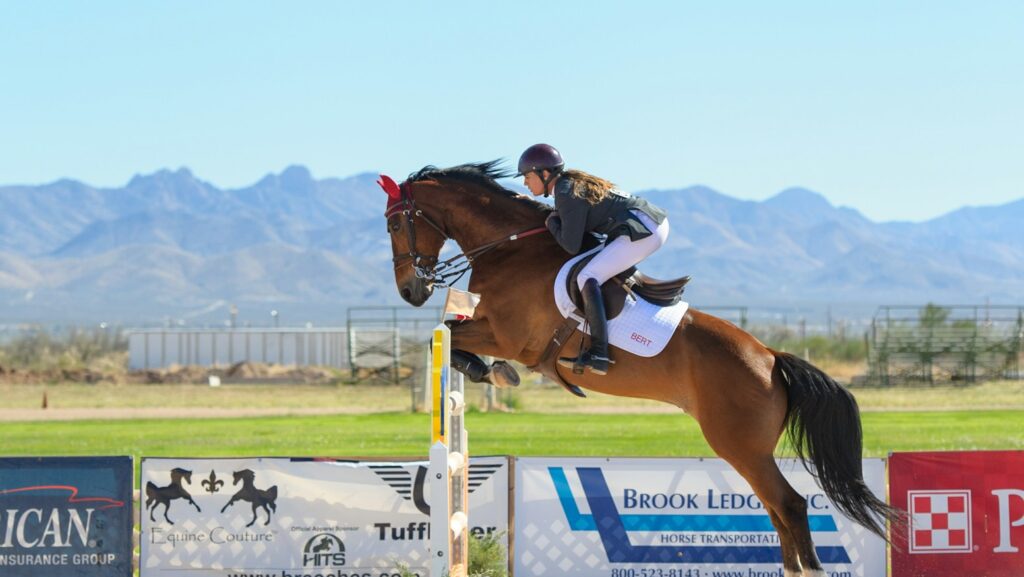
Perhaps the most enduring record in equestrian sports belongs to Captain Alberto Larraguibel of Chile and his horse Huaso. On February 5, 1949, this remarkable pair set the official high jump record of 2.47 meters (8 feet, 1.25 inches) at Viña del Mar, Chile. What makes this achievement particularly astonishing is that despite numerous attempts by elite riders and exceptional horses over more than seven decades, this record remains unbroken to this day. The jump required perfect timing, complete trust between horse and rider, and extraordinary physical ability from Huaso, who was a former racehorse retrained for jumping. This record stands as a testament to the absolute upper limits of equine jumping capability and the perfect synchronization between horse and human.
Secretariat’s Unmatched Triple Crown Performance
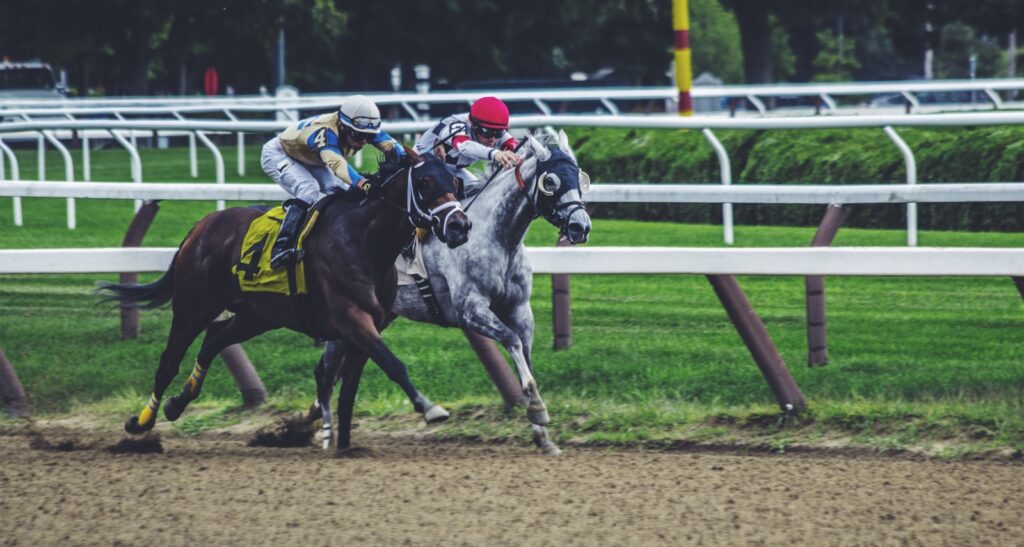
While many consider Secretariat the greatest racehorse of all time, it’s his performance in the 1973 Belmont Stakes that stands as perhaps the single most impressive competitive feat in horse racing history. Already having won the Kentucky Derby and Preakness Stakes in record time, Secretariat didn’t merely win the Belmont to complete the Triple Crown – he obliterated the competition by an astonishing 31 lengths. His time of 2:24 flat for the 1.5-mile race set a world record that still stands today, nearly five decades later. What makes this achievement particularly remarkable is that Secretariat accelerated as the race progressed, running each quarter-mile segment faster than the one before it – something physiologically extraordinary and contrary to normal racing patterns. The performance was so dominant that CBS commentator Chic Anderson famously exclaimed, “Secretariat is widening now! He is moving like a tremendous machine!”
Valegro’s Perfect Dressage Score
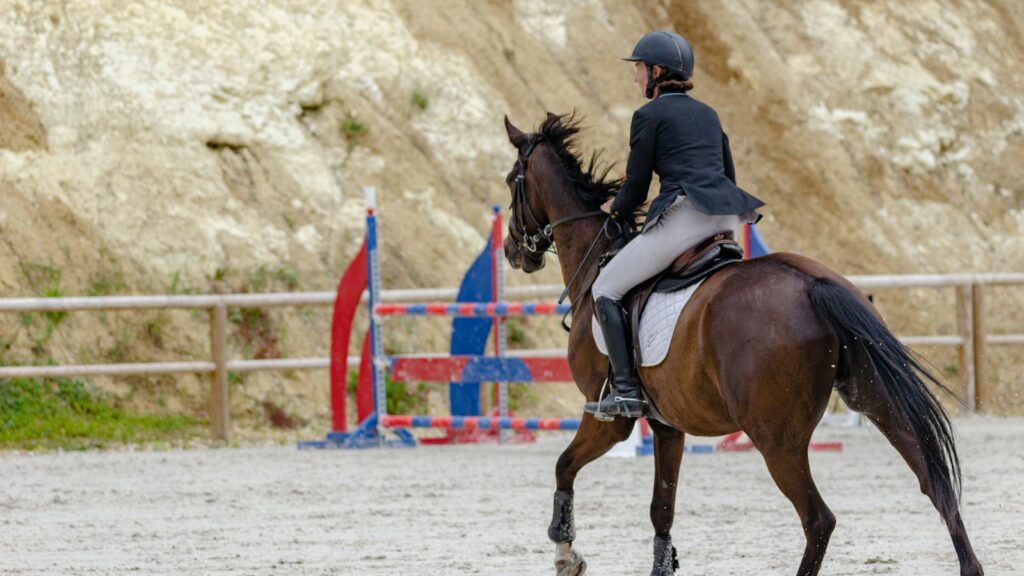
In the highly technical world of dressage, British rider Charlotte Dujardin and her extraordinary gelding Valegro redefined excellence with their record-breaking performances. At the 2014 World Equestrian Games in Normandy, France, the pair achieved what many considered impossible: a score of 85.698% in Grand Prix Dressage followed by 92.161% in the Grand Prix Freestyle. These performances shattered previous records and set a new standard for technical perfection in the sport. Valegro’s ability to execute the most difficult movements with apparent effortlessness, maintaining perfect rhythm and balance throughout, demonstrated a level of training and natural talent that had never been seen before. Their partnership produced three Olympic gold medals, multiple world records, and forever changed expectations in competitive dressage, with Charlotte and Valegro becoming the first combination to hold all three world records simultaneously in Grand Prix, Grand Prix Special, and Grand Prix Freestyle.
Big Ben’s Three World Cup Finals Victories
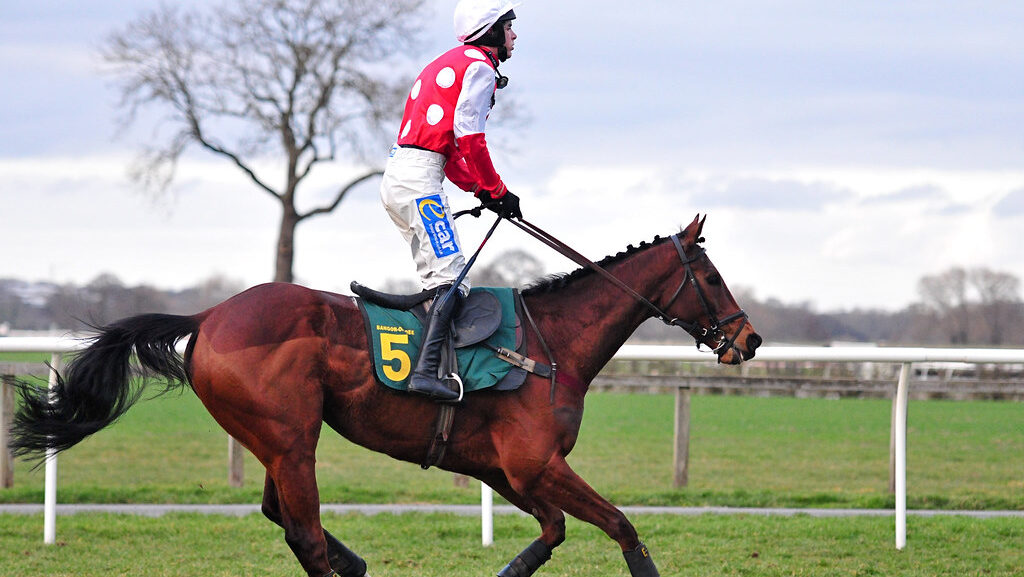
Canadian show jumper Ian Millar and his legendary mount Big Ben accomplished something no other horse-rider combination has managed in the prestigious FEI World Cup Finals. This remarkable pair won back-to-back World Cup Finals in 1988 and 1989, then added a third victory in 1990 – becoming the only horse and rider team to win this championship three times. What makes this achievement particularly impressive is that these victories came against the absolute elite of the sport and in three different locations with varying conditions and course designs. Big Ben’s consistency at the highest level of competition demonstrated not only his extraordinary jumping ability but also his adaptability, courage, and competitive heart. The gelding overcame significant adversity during his career, including two life-threatening colic surgeries and a serious truck accident, making his championship record even more remarkable.
Frankel’s Perfect Racing Career
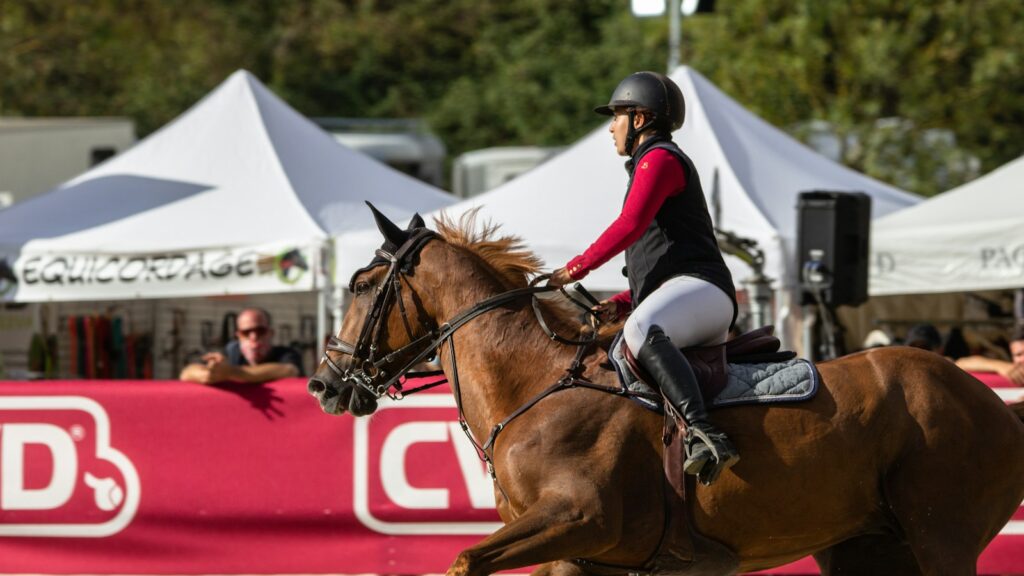
In the high-stakes world of Thoroughbred racing, British champion Frankel achieved something nearly unprecedented in the modern era: perfection. Trained by the legendary Sir Henry Cecil, Frankel compiled a flawless record of 14 wins from 14 starts between 2010 and 2012, retiring undefeated and widely regarded as one of the greatest racehorses of all time. What elevates Frankel’s achievement beyond mere statistics is the dominant manner of his victories and the quality of the competition he defeated. He won the 2000 Guineas by an astonishing 6 lengths, setting a blistering pace from the start and routinely registering the highest performance ratings in racing history. Timeform, one of racing’s most respected rating systems, gave Frankel a rating of 147, the highest in the organization’s history and a full 2 points higher than the legendary Sea-Bird, previously considered the benchmark for excellence.
Milton’s Million-Dollar Jumping Achievement
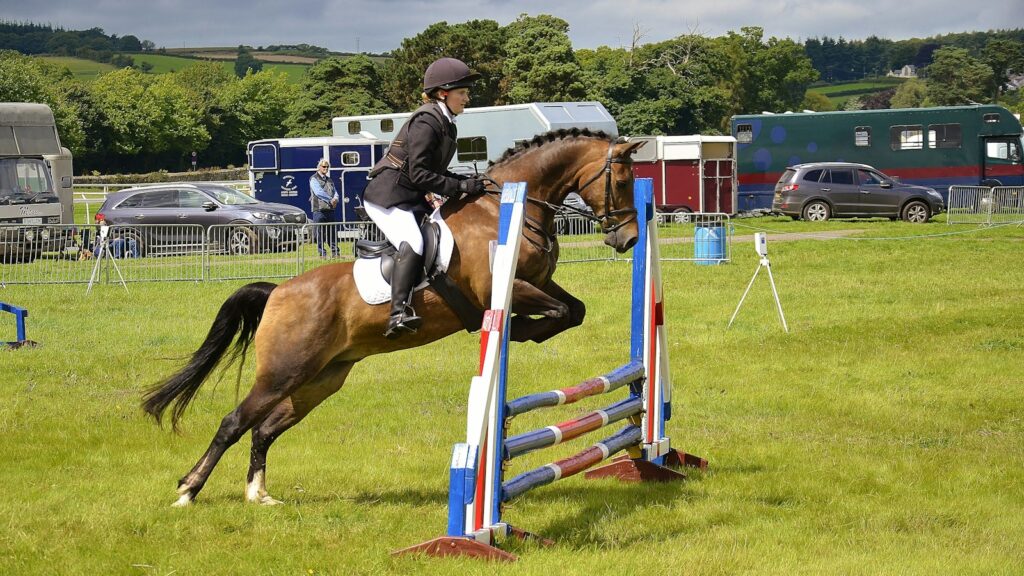
British show jumper John Whitaker and his gray gelding Milton made history in the late 1980s and early 1990s as one of the most successful partnerships in show jumping. Their most remarkable achievement came when Milton became the first horse to win more than £1 million in prize money, an extraordinary sum for the era and a testament to their consistent excellence at the highest level of competition. What made Milton particularly special was his combination of careful technique and explosive power, allowing him to clear massive obstacles with room to spare while maintaining the precision needed for technical courses. Despite standing a relatively modest 16.2 hands high, Milton competed successfully against much larger horses, using his exceptional technique and heart to overcome any physical disadvantage. The pair’s longevity at the elite level was equally impressive, with Milton remaining competitive at the highest levels of the sport until age 18.
Hickstead’s Olympic Individual Gold
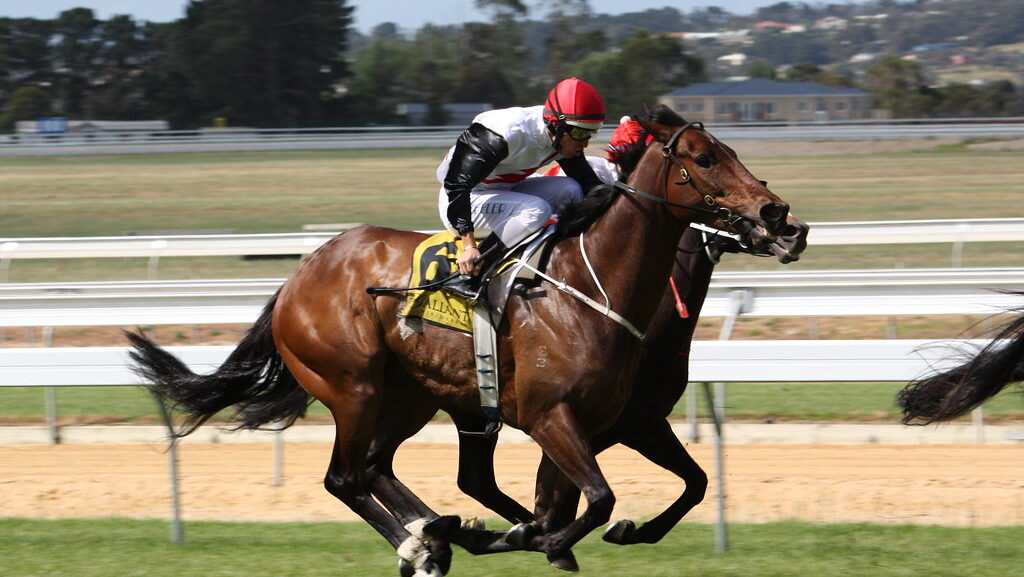
Canadian Eric Lamaze and his Dutch Warmblood stallion Hickstead captured Olympic individual gold at the 2008 Beijing Games in a performance that many consider one of the greatest in Olympic show jumping history. What made their achievement particularly impressive was Hickstead’s ability to handle the extremely challenging Olympic course despite his relatively small stature of just 16.1 hands. Competing against much larger horses, Hickstead displayed extraordinary power, technique, and heart to clear the massive Olympic obstacles. Their jump-off round for the gold medal featured a breathtaking display of speed and precision under immense pressure, with Hickstead effortlessly clearing fences that caused problems for many other world-class combinations. Tragically, Hickstead passed away suddenly in 2011 while competing, but his Olympic performance remains an enduring example of competitive greatness against physical odds.
Totilas Revolutionizing Dressage Scoring
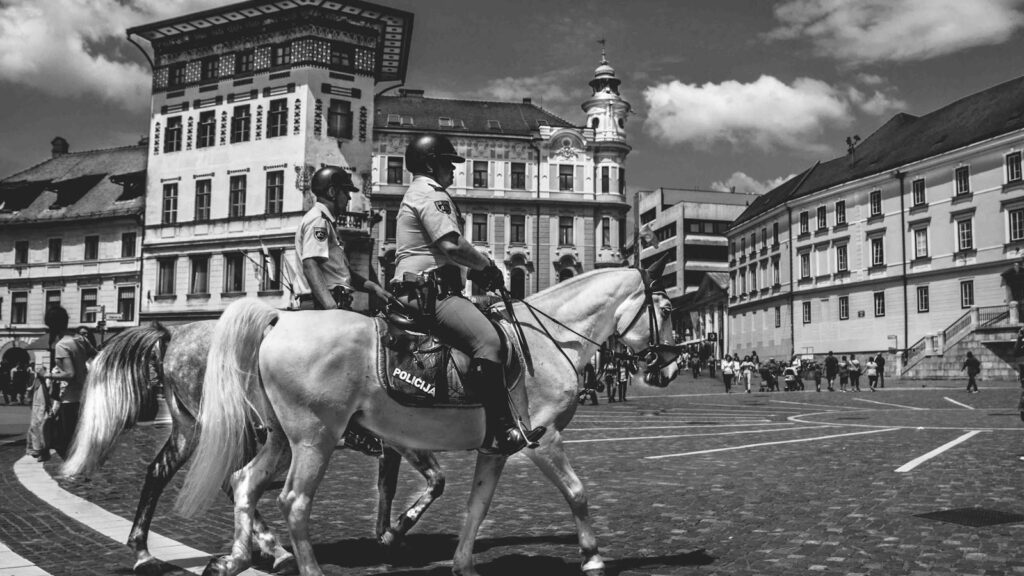
Dutch stallion Totilas, ridden by Edward Gal, fundamentally changed the sport of dressage when they shattered world records and became the first combination to score above 90% in international competition. At the 2009 European Championships in Windsor, their freestyle performance earned an unprecedented 90.75%, featuring movements of such power and elevation that many observers described watching Totilas as witnessing a different species altogether. His extended trot showed such suspension that it appeared almost as if he could fly, while his passage and piaffe displayed a combination of power and collected elegance never before seen in the sport. What made Totilas’s achievements so revolutionary was that he established a completely new standard for what was possible in dressage, with movements performed with such expression and power that scoring systems had to essentially be recalibrated to accommodate his superiority.
Stroller’s Unlikely Show Jumping Success
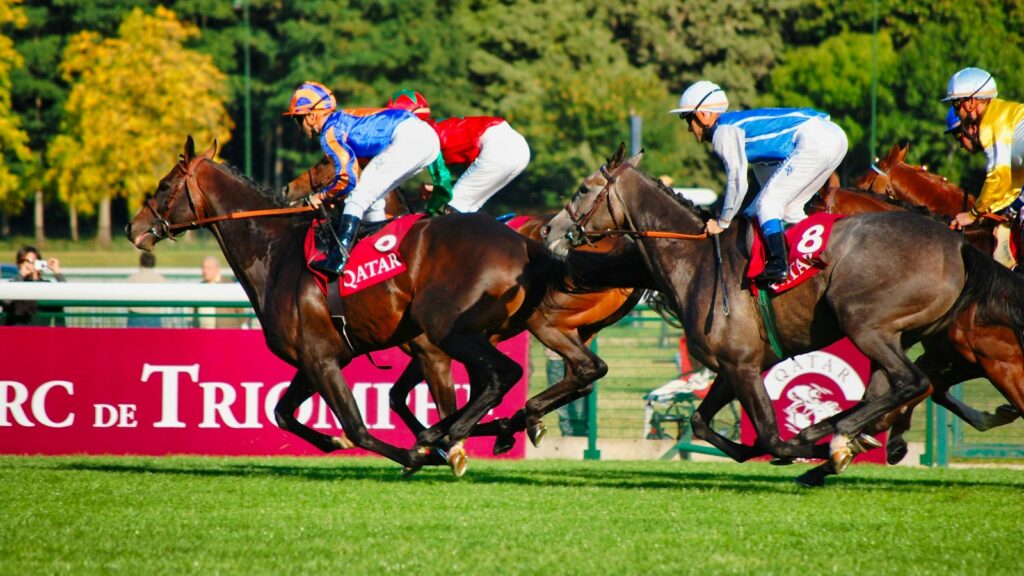
Among the most improbable success stories in equestrian sports is that of Stroller, a diminutive 14.2-hand pony who competed against full-sized horses in international show jumping with remarkable success. Ridden by Marion Coakes, Stroller won silver at the 1968 Olympic Games in Mexico City, competing against horses often eight inches taller and hundreds of pounds heavier. His jumping technique compensated for his small stature through perfect timing and extraordinary elasticity, allowing him to clear obstacles that logically should have been beyond his physical capabilities. Stroller’s achievement becomes even more remarkable considering the Olympic course featured jumps set at maximum international height, designed to challenge the world’s largest and most powerful jumping horses. This pony’s success against seemingly insurmountable physical disadvantages represents perhaps the most inspiring example of heart and technique overcoming physical limitations in equestrian competition.
Red Rum’s Grand National Hat-Trick

In the punishing realm of steeplechase racing, no achievement stands taller than Red Rum’s record in the Grand National, widely considered the world’s most challenging horse race. Between 1973 and 1977, this extraordinary gelding won the Grand National three times (1973, 1974, and 1977) and finished second twice (1975 and 1976) – a record of consistency in this brutal test that defies belief and remains unmatched. What makes this achievement particularly remarkable is the extreme difficulty of the Grand National course at Aintree, featuring 30 jumps over a distance of more than four miles, with obstacles like Becher’s Brook and The Chair that have ended the aspirations of countless horses and riders. Even more impressively, Red Rum’s first victory featured one of the greatest comebacks in racing history, as he made up a 30-length deficit to catch the leader, Crisp, in the final strides of the race.
Rembrandt’s Olympic Dressage Dominance
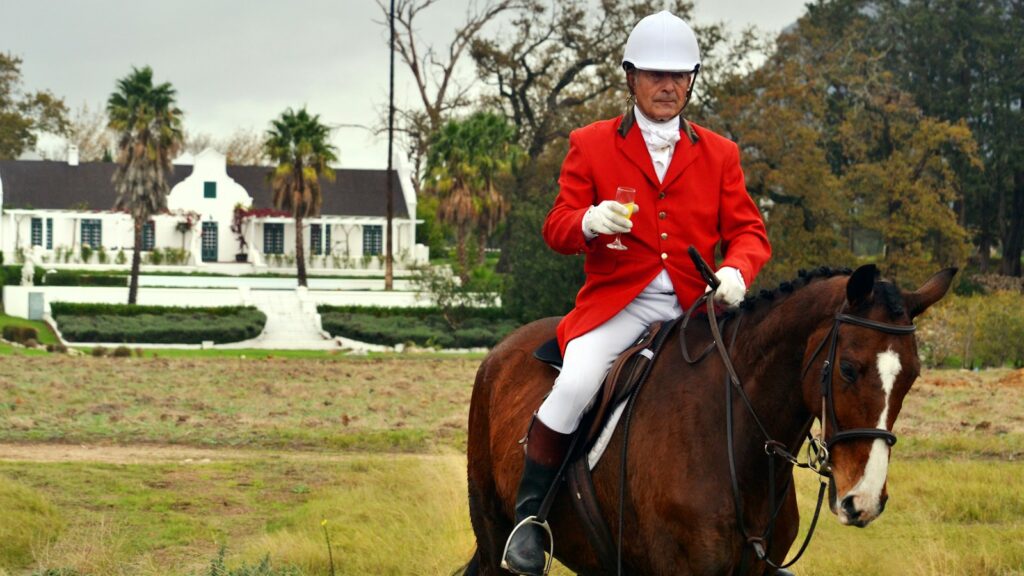
In Olympic dressage competition, few horses have shown the consistency and excellence of Rembrandt, ridden by Nicole Uphoff of Germany. This exceptional pair won individual and team gold medals at both the 1988 Seoul Olympics and the 1992 Barcelona Games, dominating the sport for a full Olympic cycle. What distinguished Rembrandt’s performances was his extraordinary ability to perform the most difficult movements with apparent ease and joyfulness, displaying the elusive quality of “schwung” – the forward-moving, elastic energy that is the hallmark of great dressage. His extended trot showed exceptional suspension and ground coverage, while his passage and piaffe displayed perfect rhythm and impulsion. Rembrandt’s competitive record, which also includes World Championship and European Championship titles, establishes him as perhaps the most accomplished Olympic dressage horse in history, showing consistent excellence at the highest level across multiple major championships.
Snowman’s Rags-to-Riches Show Jumping Story

Perhaps no competitive horse has a more inspiring story than Snowman, who rose from literally being purchased off a slaughter truck for $80 to becoming a national show jumping champion. Under the guidance of Harry de Leyer, this plain gray gelding defied his humble origins to win the prestigious American Horse Shows Association Horse of the Year award and the Professional Horseman’s Association Championship twice in the late 1950s. What makes Snowman’s competitive achievements truly remarkable is that he had no breeding or training advantages – he was an unknown, likely draft-cross horse heading to slaughter when de Leyer purchased him as a lesson horse. His natural jumping ability was discovered accidentally when he repeatedly jumped out of pastures to return home, leading de Leyer to try him over competition fences. Snowman’s story represents the ultimate example of an untapped natural talent rising to the highest levels of competition through heart and innate ability.
Peppy San Badger’s Cutting Horse Legacy
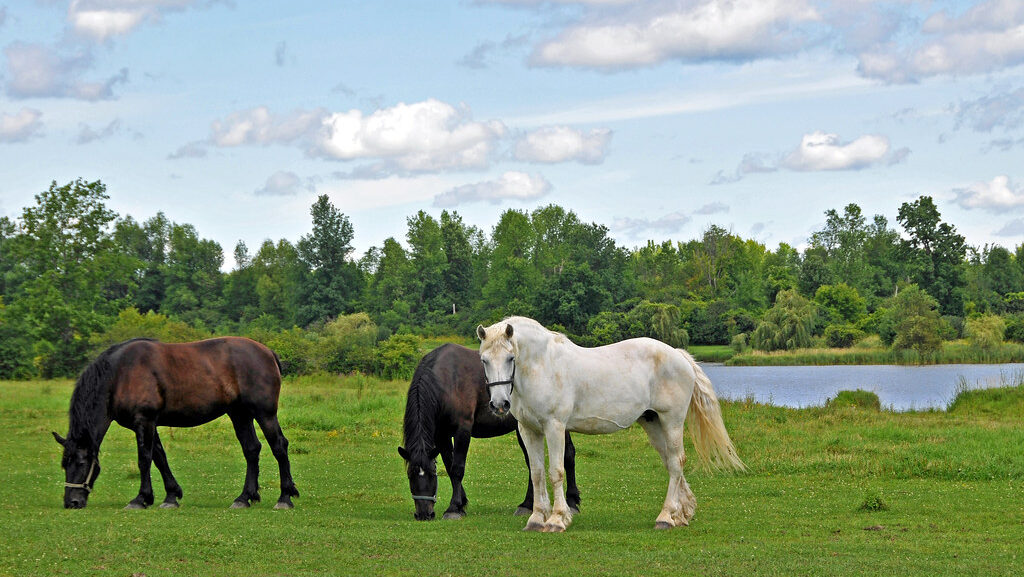
In the specialized world of cutting horse competition, where horses must independently work cattle with minimal rider input, few animals have matched the competitive record and breeding influence of Peppy San Badger, affectionately known as “Little Peppy.” This remarkable Quarter Horse won the NCHA Futurity in 1977, the most prestigious event in cutting, displaying an uncanny “cow sense” and agility that revolutionized the sport. What elevates Little Peppy’s competitive achievements is that he not only dominated as a competitor but also transformed the genetics of cutting horses for generations to come. As a breeding stallion, he sired offspring that earned more than $25 million in competitive cutting events, establishing a dynasty that continues to influence the sport decades later. His competitive style, featuring lightning-quick direction changes and an intuitive understanding of cattle behavior, established new standards for athletic ability in the discipline.
Totillas’s Unprecedented Quadruple Gold

At the 2010 World Equestrian Games in Kentucky, Dutch stallion Totilas and rider Edward Gal achieved something unprecedented in international dressage competition: they won gold medals in all three individual events (Grand Prix, Grand Prix Special, and Grand Prix Freestyle) plus the team competition. This clean sweep of all possible gold medals at a single championship represented complete dominance of the sport at a level never before witnessed. What made these victories even more impressive was the manner in which they were achieved, with scores consistently above 85% and their freestyle performance approaching 92% – territory previously thought unattainable in international competition. During this championship, Totilas performed movements with such power, expression, and technical correctness that many observers described it as witnessing the evolution of dressage itself, with extended trots displaying such suspension that the horse appeared to hover above the ground.
The Pinnacle of Equestrian Performance
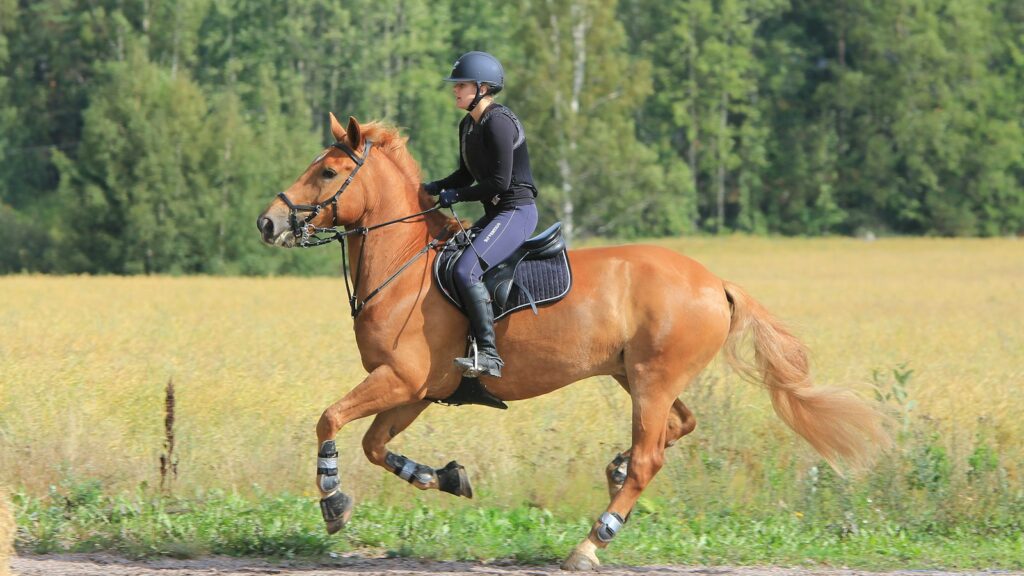
The world of equestrian competition has witnessed extraordinary feats that showcase the remarkable abilities of horses and the deep partnership they form with their human counterparts. From Huaso’s still-unbroken high jump record to Red Rum’s Grand National dominance and Totilas’s revolutionary dressage scoring, these achievements stand as testaments to the incredible athletic capabilities of equines. What makes these accomplishments particularly special is that they represent the perfect harmony between human guidance and equine talent – a partnership unlike any other in competitive sports. As technology and training methods continue to evolve, we may see new records set and boundaries pushed, but the historic feats covered here remain benchmarks of excellence that continue to inspire and amaze equestrians and spectators alike, demonstrating the timeless appeal and wonder of horses performing at the absolute peak of their capabilities.

